The Most Effective SAFe Agilist Exam Preparation
The ScholarAcad Advantage
1. Introducing the Scaled Agile Framework SAFe
- Scaled Agile Framework & overview
- Principles, values, and benefits
2. Thriving with Business Agility
- Thriving in the Digital Age
- Discuss Seven Core Competencies of Business Agility
- SAFe as an operating system for Business Agility
3. Become familiar with SAFe Core Values and SAFe Lean-Agile Principles
- Lean-Agile Mindset
- SAFe Lean-Agile Principles
- SAFe Core Values
4. Using SAFe, deliver agile products
- Concentrate on the client and design thinking
- Setting Programme Backlog Priorities for PI Planning
- Develop on Cadence; Release on Demand
- Using DevOps to Create a Continuous Delivery Pipeline
5. Establishing Team and Technical Agility
- Making Cross-Functional Agile Teams
- Organizing Agile Release Trains around Flow of Value
- Built-In Quality
6. Lean Portfolio Management
- The SAFe Portfolio: Definition
- Linking the Enterprise Strategy to the Portfolio
- Sustaining the Portfolio's Vision
- Using Epics to Realise the Portfolio Vision
- build up Guardrails and Lean Budgets
- Determining the Flow of the Portfolio
7. Initiating Change
- Leading SAFe changes & Examples
View More
Who This Course is For

Prerequisites and Eligibility
No formal prerequisites: Open to individuals at all levels, regardless of prior experience or qualifications.
Familiarity with Agile principles and practices is beneficial but not mandatory.
Enroll in a SAFe Agilist training course to learn the SAFe framework and its principles.
Take the certification exam, which consists of multiple-choice questions. A passing score is required to earn the SAFe Agilist credential.
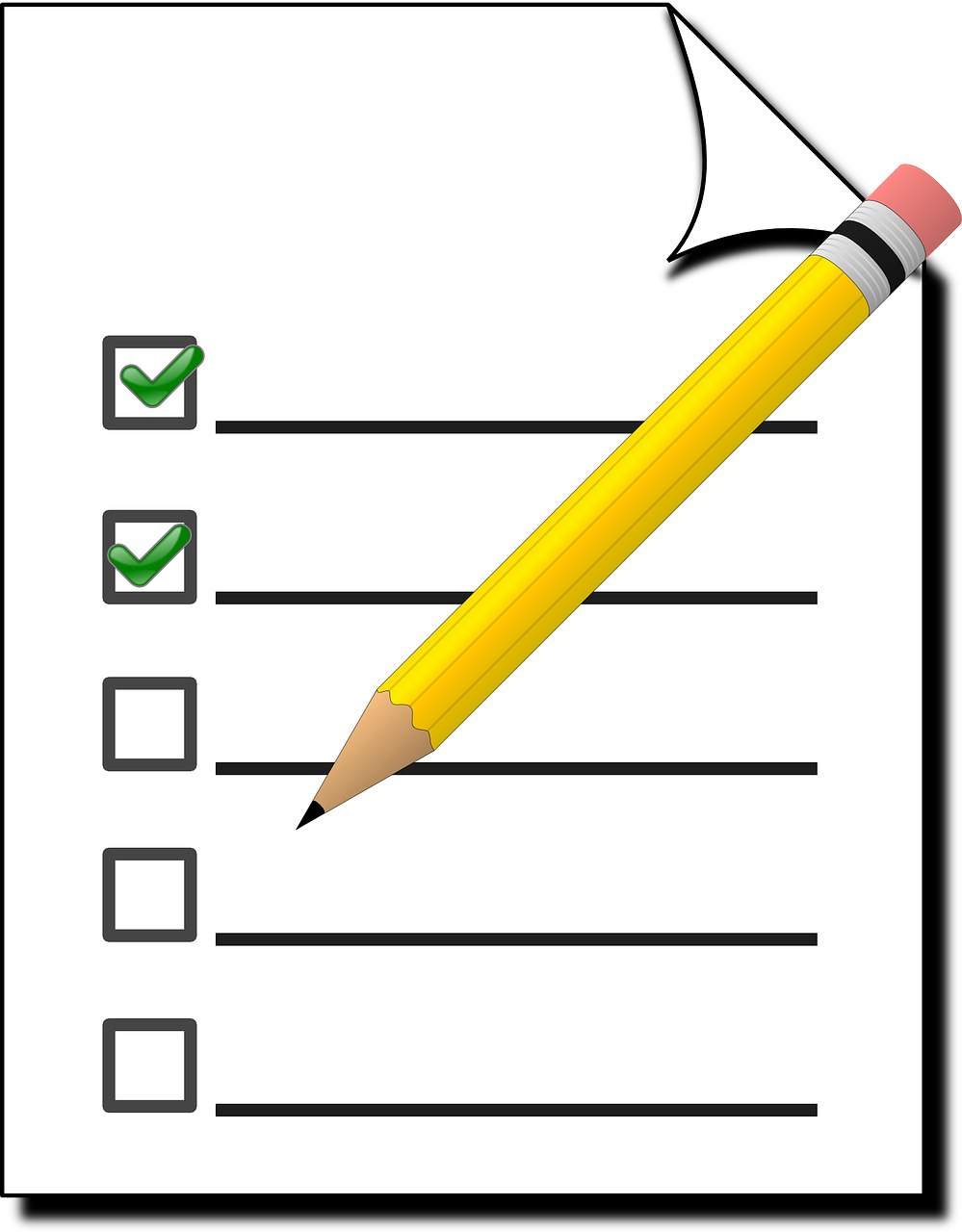
SAFe Agilist Among the Highest Paying Certifications





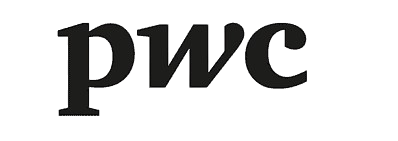
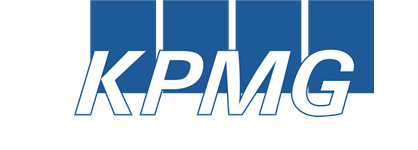
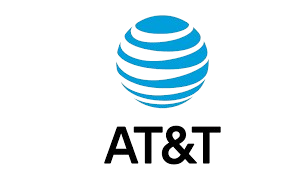


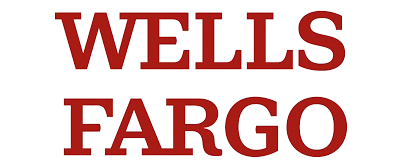
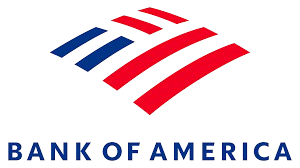

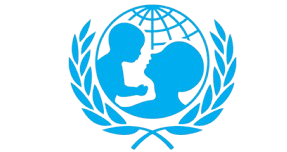

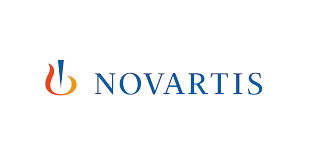
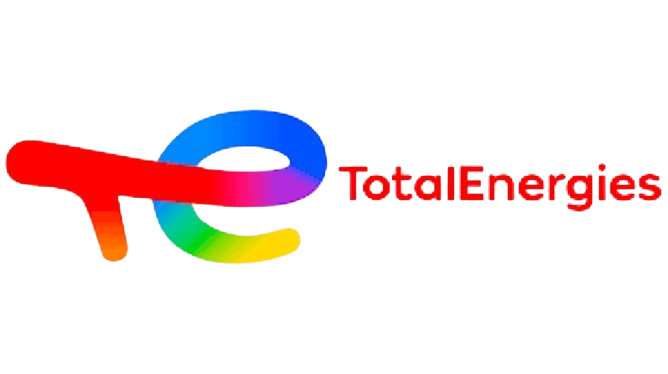




Training Calender For Course SAFe Agilist
Your Path to Acing Your SAFe Agilist Exam

Dive deep into the SAFe framework, understanding its core principles, values, and practices.
Engage with the SAFe community online and offline to learn from experienced practitioners.
Grasp the principles of Alignment, Built-in Quality, Transparency, and Cadence.
Understand Lean principles like Value Stream Mapping and Waste Elimination.
Understand how SAFe scales Agile practices to large enterprises.
Understand the roles and responsibilities within a SAFe organization.
Practice with Mock Exams and Take your exam
Our SAFe Agilist Instructors in Belgium
Based in: Antwerp, Belgium
Looking to master PRINCE2 7 and PRINCE2 Agile in Belgium? Meet Sylvie Dubois, an accredited PRINCE2 trainer based in Antwerp. Sylvie is dedicated to providing comprehensive training in both PRINCE2 methodologies, empowering you to manage projects effectively in today's dynamic environment.
Professional Background:
Sylvie has over 13 years of experience managing projects across various sectors in Belgium, including logistics, technology, and public administration. Her experience includes implementing both traditional and agile project management frameworks.
Certifications:
- PRINCE2® 7 Foundation
- PRINCE2® 7 Practitioner
- PRINCE2 Agile® Foundation
- PRINCE2 Agile® Practitioner
Teaching Philosophy:
Sylvie believes in a practical and engaging approach, focusing on real-world application and understanding the ‘why’ behind the methodology within the Belgian context. Her teaching philosophy emphasizes:
- Contextual Relevance: Tailoring the PRINCE2 and PRINCE2 Agile frameworks to the Belgian business environment.
- Interactive Learning: Utilizing case studies, group discussions, and practical exercises to ensure deep understanding.
- Agile Integration: Clearly demonstrating how to effectively blend PRINCE2 with Agile principles for flexible project delivery.
- Exam Success Focus: Providing comprehensive preparation for both Foundation and Practitioner exams.
Course Offerings:
Sylvie offers a range of PRINCE2 and PRINCE2 Agile training programs:
- PRINCE2® 7 Foundation and Practitioner Blended Courses (In-Person and Virtual).
- PRINCE2 Agile® Foundation and Practitioner Courses (In-Person and Virtual).
- Combined PRINCE2® 7 & PRINCE2 Agile® Practitioner Bootcamps.
- Customized Corporate Training Solutions for Belgian Businesses.
Why Choose Sylvie?
- Local Expertise: Based in Antwerp, Sylvie understands the Belgian project management landscape.
- Dual Expertise: Proficient in both PRINCE2 and PRINCE2 Agile, providing a holistic view of project management.
- Engaging and Experienced Instructor: Known for her clear explanations and interactive teaching style.
- Dedicated to Your Success: Committed to helping you achieve your certification goals.
Location:
Sylvie is based in Antwerp, Belgium, and offers training across Belgium and virtually.

Sylvie Dubois
Experience: 13 years
Based in: Brussels, Belgium
Looking for a PMP trainer in Belgium who understands the multicultural environment and offers training in both French and English? Meet Sophie Dubois, an experienced and certified PMP instructor based in Brussels. Sophie is dedicated to helping project professionals in Belgium achieve their PMP certification with her flexible and engaging training approach.
Professional Background:
Sophie has over 14 years of experience managing projects in the government, non-profit, and technology sectors within Belgium and across Europe. Her experience includes working with diverse international teams and navigating the complexities of project management in a multilingual and multicultural environment. She is proficient in both traditional and agile methodologies and emphasizes effective communication and stakeholder engagement.
Certifications:
- **Project Management Professional (PMP)**®
- **PMI Scheduling Professional (PMI-SP)**®
Teaching Philosophy:
Sophie believes in a flexible and interactive approach to PMP training, catering to the diverse needs of her students in Belgium. Her teaching philosophy focuses on:
- Bilingual Instruction: Offering training sessions in both French and English to accommodate a wider range of participants.
- Culturally Sensitive Approach: Understanding and addressing the nuances of project management in a multicultural environment like Belgium.
- Practical Application and Real-World Examples: Connecting the PMBOK® Guide principles to relevant scenarios and challenges faced by project managers in Belgium.
- Collaborative and Engaging Learning: Encouraging active participation, group discussions, and the sharing of experiences among participants from diverse backgrounds.
Course Offerings:
Sophie offers a variety of PMP training programs tailored to the needs of professionals in Belgium:
- Comprehensive PMP Exam Preparation Workshops (In-Person in Brussels and Virtual): In-depth programs covering all aspects of the PMBOK® Guide and the PMP exam, offered in both French and English.
- Weekend PMP Certification Courses: Convenient options for working professionals in Belgium.
- Customized Corporate PMP Training: Tailored programs for organizations in Belgium looking to enhance their project management capabilities in a multilingual setting.
Why Choose Sophie?
- Based in Belgium's Capital: Located in Brussels, Sophie offers in-person training options in a central European hub and virtual sessions across Belgium and Europe.
- Bilingual Instructor: Her ability to teach in both French and English makes her accessible to a wider audience in Belgium.
- Understanding of the Multicultural Environment: Her experience working in Belgium provides valuable context and insights.
- Flexible and Engaging Teaching Style: Sophie creates a positive and inclusive learning environment for all participants.
Location:
Sophie is based in Brussels, Belgium, and offers in-person training sessions in Brussels and virtual training programs for participants across Belgium and Europe.

Sophie Dubois
Experience: 14 years
SAFe Agilist Earn The Coveted SAFe Agilist Certification
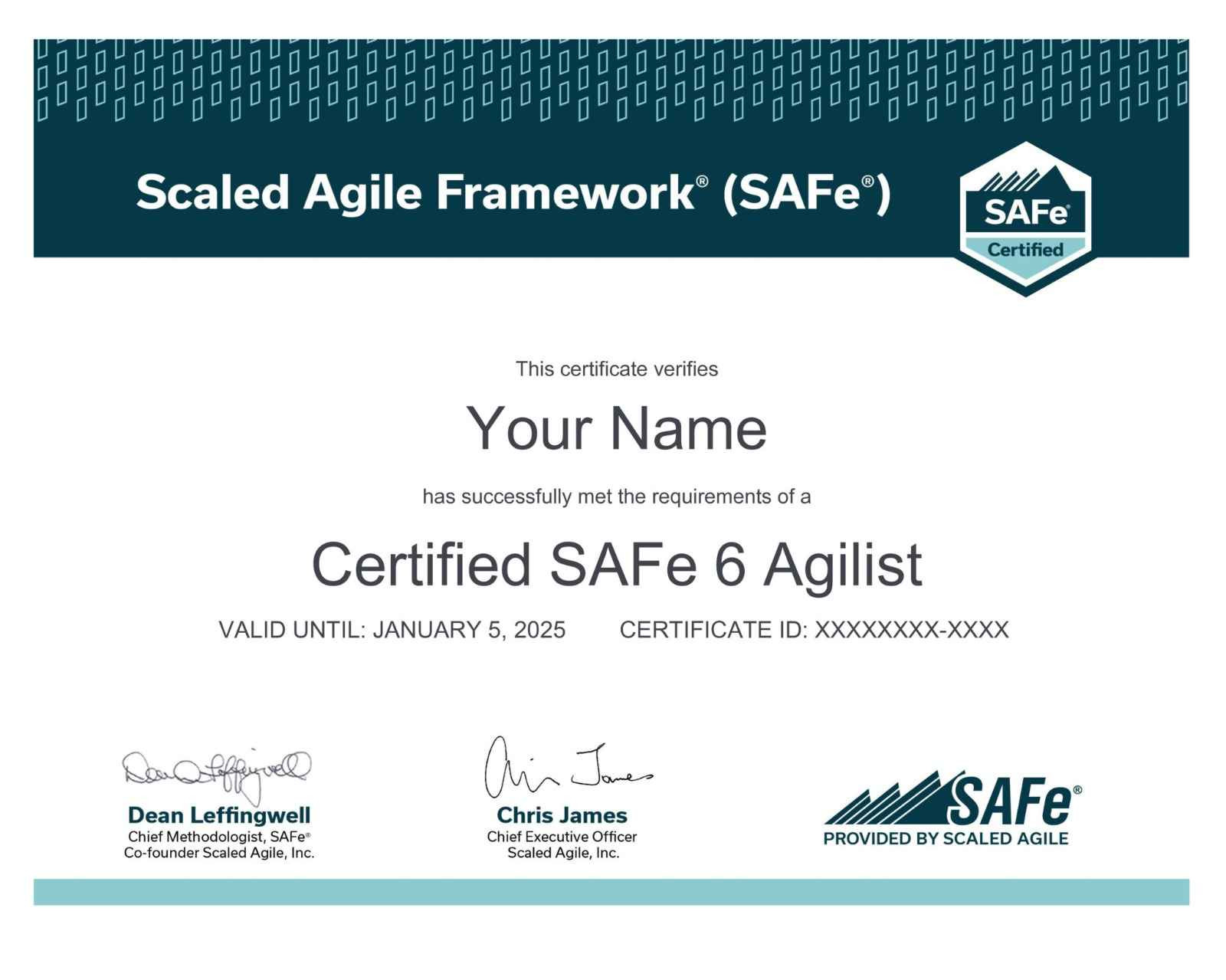
Sample Certificate Image
View More
Our Learners Love Us
The Business Analysis Foundation course with Umesh at Scholaracad was very well-structured. He provided clear explanations and relevant examples. The Scholaracad team was very responsive. Très bien!

The COBIT course with Umesh at Scholaracad was very well-structured. He provided clear explanations and relevant examples. The Scholaracad team was very responsive. Très bien!

The PRINCE2 Foundation and Practitioner course with Scholaracad was excellent. Trainer Jean-Luc was very knowledgeable and presented the information in a clear and engaging way, even using examples applicable to projects in Belgium and the EU. The Scholaracad team was very helpful and responsive, making the whole experience smooth and well-coordinated. Merci!

Learning Objectives
General Frequently Asked Questions
View More
View More
View More
View More
View More
View More
Expert Articles on SAFe Agilist
Read More...
Read More...
Read More...
Belgium: A Hub for Technology, Learning, and Careers
Strategically located at the heart of Europe, Belgium has established itself as a quiet tech leader, with Brussels ranking among the top 5 EU cities for AI startups and Wallonia emerging as a biotech powerhouse. The country's tech sector employs 500,000+ professionals and contributes 12% to GDP, fueled by world-class research institutions and multinational HQs.
Belgium's High-Growth Tech Sectors
️ AI & Machine Learning
- Home to ML6 (ml6.eu) – Google's premier AI partner in Europe
- imec (imec-int.com) – World leader in nanoelectronics and digital tech
- EU AI Policy Hub shaping global regulations from Brussels
Health Tech & Biopharma
- Wallonia BioTech – Europe's 2nd largest biopharma cluster
- UCB (ucb.com) – Pioneering digital therapeutics for epilepsy
Retail Tech & E-Commerce
- Odoo (odoo.com) – Open-source business software used by 7M+ companies
- Delhaize's AI-powered cashierless stores
Strategic Advantages
✔ Polyglot talent: Dutch/French/English fluency
✔ EU institution HQs (ideal for GovTech startups)
✔ R&D tax incentives (up to 85% deduction)
Need More Information ?
Have more questions or need personalized guidance ?

Top Companies in Belgium Hiring SAFe Agilist Professionals in 2025
| Company Name | Role | Job Description | Job Link |
|---|---|---|---|
| Proximus | Scrum Master | Guide telecom teams through Scrum to deliver network upgrades and digital services. Facilitate sprint ceremonies, resolve blockers, and coach teams on agile practices. Requires 5+ years as a Scrum Master, CSM or SAFe certification, and fluency in English; French or Dutch is a plus. Proficiency in Jira and coaching skills are essential to drive performance in Belgium’s telecom market. | Job Link |
| ING Belgium | Agile Project Manager | Lead digital banking projects using SAFe, managing teams to deliver customer-centric solutions. Oversee sprint planning, track metrics, and ensure compliance. Requires 6+ years in agile project management, PMI-ACP or SAFe Agilist certification, and fluency in English and French or Dutch. Expertise in agile tools and stakeholder management skills are critical to drive innovation in Belgium’s financial sector. | Job Link |
| Capgemini Belgium | SAFe Product Owner | Shape product strategy for consulting solutions, prioritizing backlogs in a SAFe environment to meet client needs. Collaborate with stakeholders to refine requirements. Requires 4+ years as a Product Owner, CSPO or SAFe PO/PM certification, and fluency in English; French or Dutch is preferred. Strong backlog management skills are key to delivering value in Belgium’s consulting sector. | Job Link |
| Telenet | Agile Delivery Lead | Drive agile delivery of telecom services, coordinating Scrum teams to achieve strategic goals. Facilitate PI planning and ensure SAFe alignment. Requires 6+ years in agile delivery, SAFe RTE certification, and fluency in English and Dutch or French. Proficiency in Azure DevOps and leadership skills are essential to foster innovation in Belgium’s telecom industry. | Job Link |
| Accenture Belgium | Agile Coach | Coach consulting teams on Scrum and SAFe practices, driving agile maturity and process optimization. Support cultural transformation and team empowerment. Requires 7+ years as an Agile Coach, SAFe SPC or ICP-ACC certification, and fluency in English; French or Dutch is a plus. Expertise in change management and agile metrics is critical to enhance delivery in Belgium’s consulting sector. | Job Link |





_1756885658_5bde5ece2b6f0dab9403.jpg)
_1756881713_31cf44769b7f1030f08e.jpg)